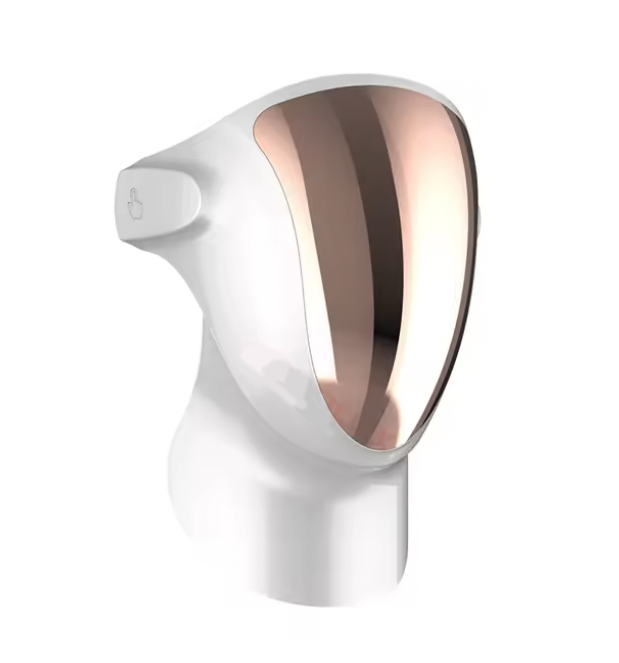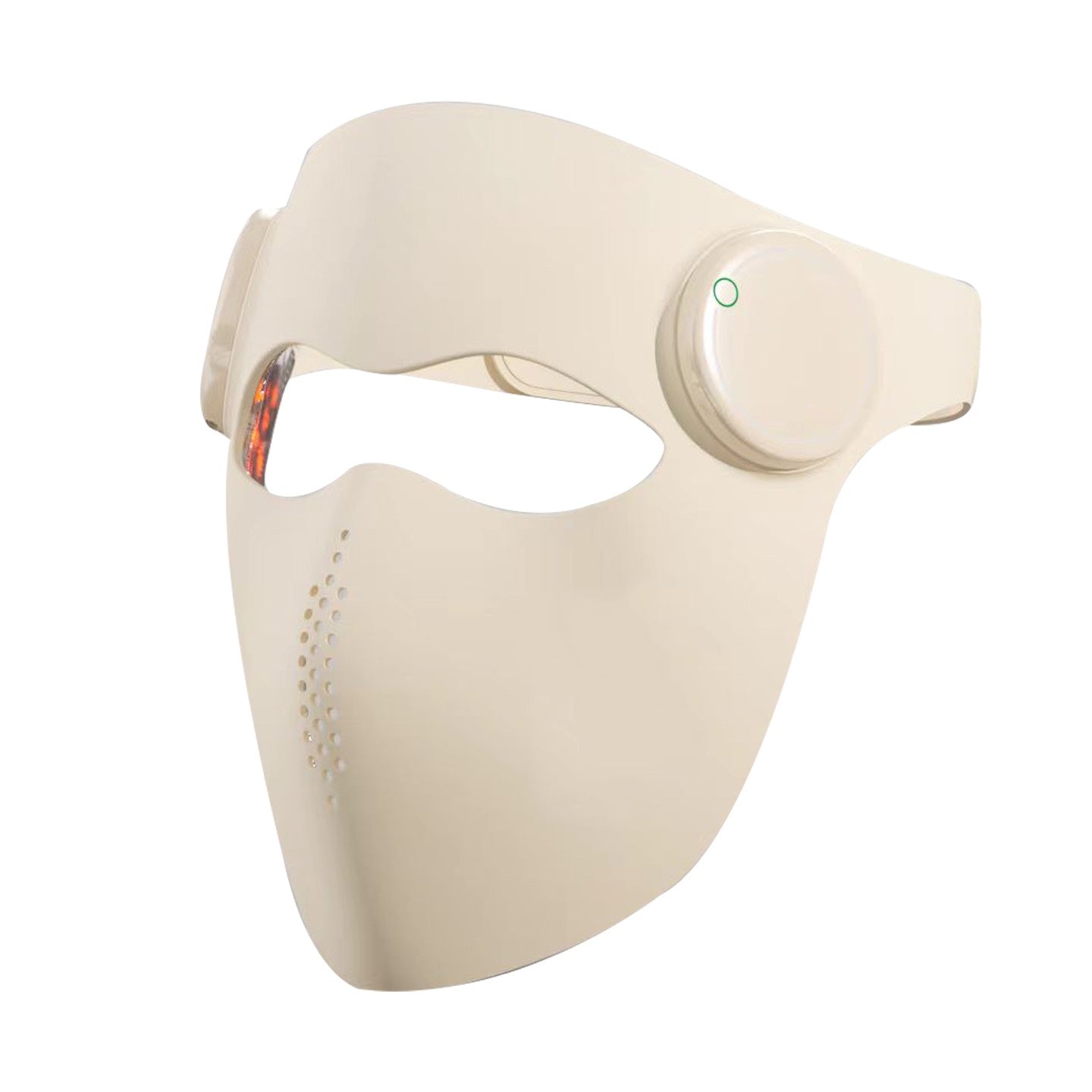You may have heard of the term rosacea, but do you know the details of this skin condition? Rosacea is a skin condition that primarily appears on the face, especially on the cheeks, nose, and forehead. It can also appear on the chin, ears, or around the eyes.
"Sometimes mistakenly diagnosed as acne, this skin problem causes symptoms such as redness and flushing, inflammation, bumps, and visible blood vessels. It is explained by dermatologist Dr. Jason Thomson:"
"Rosacea is an inflammatory skin condition that often causes flare-ups in adults. You may have had perfect skin as a teenager, but as an adult, you may have developed blemishes. This could be due to rosacea and not acne, as is sometimes mistakenly assumed."
Although rosacea is difficult to cure, there are treatments that effectively reduce the symptoms. According to Dr. Thompson:
"The treatment of rosacea largely depends on the characteristics and symptoms of each person and will consist of a combination of lifestyle-related factors, prescribed creams (and in some cases, tablets), appropriate skin care for rosacea, and laser. The goal of treatment is to control the symptoms."
Is red light phototherapy good for rosacea?
Research shows that low-intensity laser light technology can reduce the symptoms of this skin condition. You can go to a dermatology clinic to undergo this treatment, but you can also use red light phototherapy for rosacea at home.
How can red light phototherapy cure rosacea?
As described in our Kala Red Light review, LED laser therapy works by sending light photons deep into the mitochondria of the cells, stimulating ATP synthesis at higher levels.
This provides cellular energy to the body, which leads to a series of health benefits, including the treatment of skin conditions such as rosacea.
A review of the research published in Lasers in Medical Science by Elisabetta Sorbellini, Mariangela Rucco, and Fabio Rinaldi cites evidence of the successful use of red LED light therapy for rosacea.
This technology helps reduce inflammation, heals and repairs damaged tissue, reduces visible blood vessels, and prevents skin thickening. It also eliminates acne-causing bacteria to reduce pimples and prevent breakouts.
A study published in the Journal of the American Academy of Dermatology and Venereology by LE Bryld and GBE Jemec demonstrated that photodynamic therapy was beneficial in the treatment of rosacea in patients who suffered from it.
Dr. David Hill, plastic surgeon and medical director of Fulcrum Aesthetics & Surgery, demonstrates how red light phototherapy serves as a non-invasive treatment for rosacea:
"Red light phototherapy offers a non-invasive approach for the treatment of rosacea by using low-wavelength red light to penetrate the skin, which helps reduce inflammation and promote healing. In clinical studies, this method has proven effective in reducing redness and improving skin texture. However, the degree of effectiveness may vary from person to person."
"To optimize results, I recommend combining red light phototherapy with other treatment methods, such as topical agents and lifestyle adjustments. This holistic approach enhances symptom management, making red light phototherapy a valuable part of rosacea treatment strategies."
According to dermatologist Anna Chacón, several studies support the effectiveness of red light phototherapy for rosacea. She cites a study published in 2005 in the Journal of Cosmetic and Laser Therapy, which demonstrated that red light phototherapy effectively reduces inflammation and redness associated with rosacea. Additionally, a study published in 2007 in the Journal of Photochemistry and Photobiology reported a significant improvement in skin barrier function with red light phototherapy, leading to a reduction in sensitivity and severity of rosacea flare-ups.
What wavelengths are best for rosacea?
There are several wavelengths of LED laser light therapy that offer healing benefits for symptoms, such as yellow, infrared, green, and red or blue light for rosacea.
A clinical case of two patients with rosacea published in the Journal of Medical Case Reports by Elisabetta Sorbellini et al. demonstrated that a combination of blue and red light was safe, effective, and well tolerated.
Can RLT cause cancer?
There may be concern about the risk of skin cancer with any form of phototherapy. RLT is not associated with an increased risk of skin cancer. This therapy differs significantly from exposure to UV light, which is known to contribute to skin cancer.




![Red light panel - tabletop [M300]](http://vitanaturalis.es/cdn/shop/files/2.jpg?v=1720261134&width=1000)
![Red light panel - tabletop [E300]](http://vitanaturalis.es/cdn/shop/files/1.jpg?v=1720261665&width=1000)